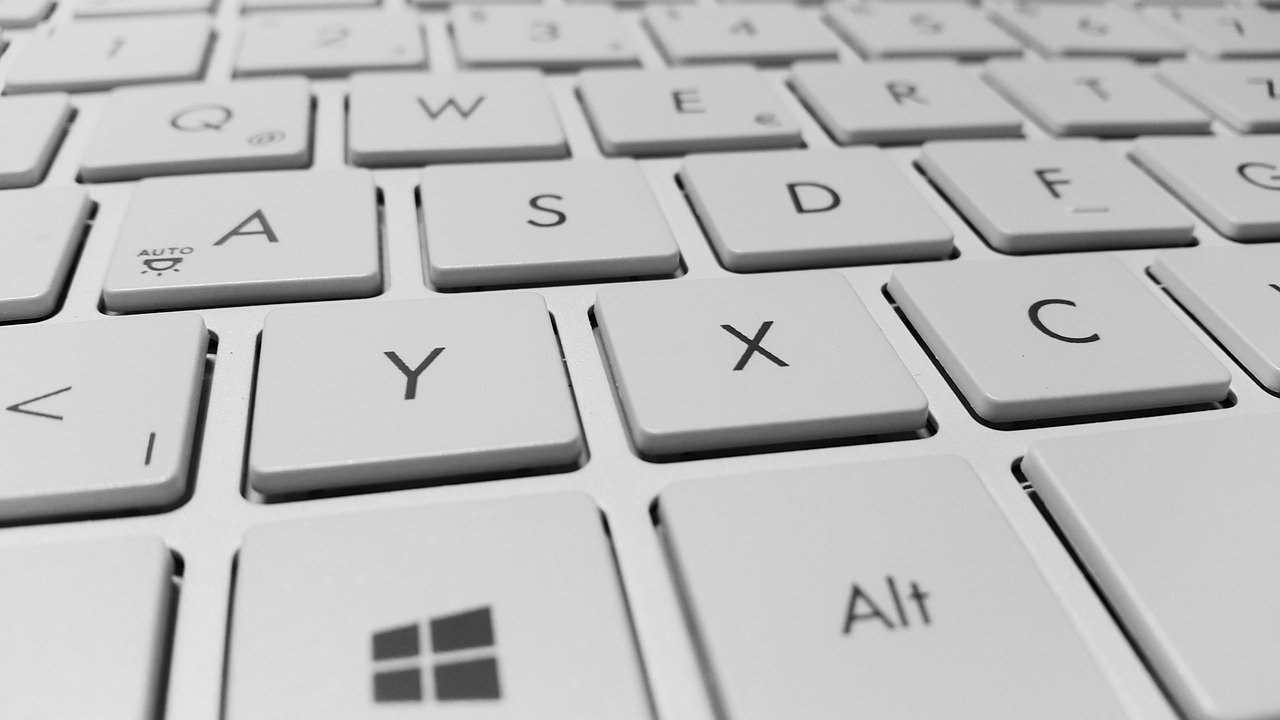
We continue talking about the keyboard, because, without trying to make an easy joke, there is a lot to write about this hardware component. In the first section we talked about how the classic QWERTY distribution was born and in second from other alternative distributions offered by Linux distributions.
It was time to tell how they met with the computer.
We continue talking about the keyboard. Background
Although as we said, the layout of the keys is inherited from typewriters, the immediate antecedents of computer keyboards are card and teletype punching machines.
Punch cards were the storage medium used before magnetic devices. The information was stored in the form of binary code. The teletype allowed the transmission of telegraphic messages using the alphabet instead of Morse code.
By 1930 these devices included typewriter-like keyboards.
Binac, a 1948 computer, It came with a keyboard unit. This keyboard had eight keys, which represented the octal numbers (0 to 7), and was used to enter the program or data into the computer and memoryAn electromechanically controlled typewriter was used to print data, entered from the keyboard, and data, contained in designated portions of memory
From the mid-XNUMXs to the late XNUMXs, electromechanically controlled typewriters were the primary means of data input and output for computing,
It was MIT researchers who in 1954 began experimenting with direct keyboard input to computers as a replacement for paper tapes and punched cards. Douglas Ross, then a teaching assistant in the Department of Mathematics, wrote a memorandum advocating direct access in early 1955. Moss believed that a Flexowriter (an electrically controlled typewriter) connected directly to an MIT computer could function as a device. keyboard input due to its low cost and flexibility. Thus, a year later MIT's Whirlwind allowed its users to enter commands via a keyboard and confirmed how useful and convenient an integrated writing device could be.
In 1964, MIT, Bell Laboratories, and General Electric worked together to create a computer system called Multics. The name indicated that it was a multi-user timeshare system. Multics came with a new user interface, the video display terminal. Video Display Terminals (VDTs) combined the technology of the cathode ray tube used in televisions and the technology that made electric typewriters possible.
Multics users could see the text they were writing on their terminal screen, which facilitated the creation, editing and deletion of texts, as well as programming and using computers.
This was made possible by a leap into technology. Early keyboards, based on teletype or card punch, required many electromechanical steps for data transmission that slowed down the process. With video-based terminals and electric keyboards, the keyboard keys made it possible to send electronic impulses directly to the computer, saving time and correcting errors.
By the late 70s and early 80s, all computers used electronic keyboards and video terminals.
In any case, although technology has advanced and today we have wireless keyboards, with programmable keys or for specific functions, we are still tied to the QWERTY layout.
Of course, that is not a big problem. It is a matter of practice to get used to using all 10 fingers and Linux distributions include training programs.
Two of them are:
- Tux Typing: In this program you have to make Tux get a fish by pressing the key that it has indicated. You can find it in the repositories of your distribution.
- Klavaro: Also available in the repositories, it allows you to practice with various keyboard layouts including QWERTY, Dvorak, and Colemark.